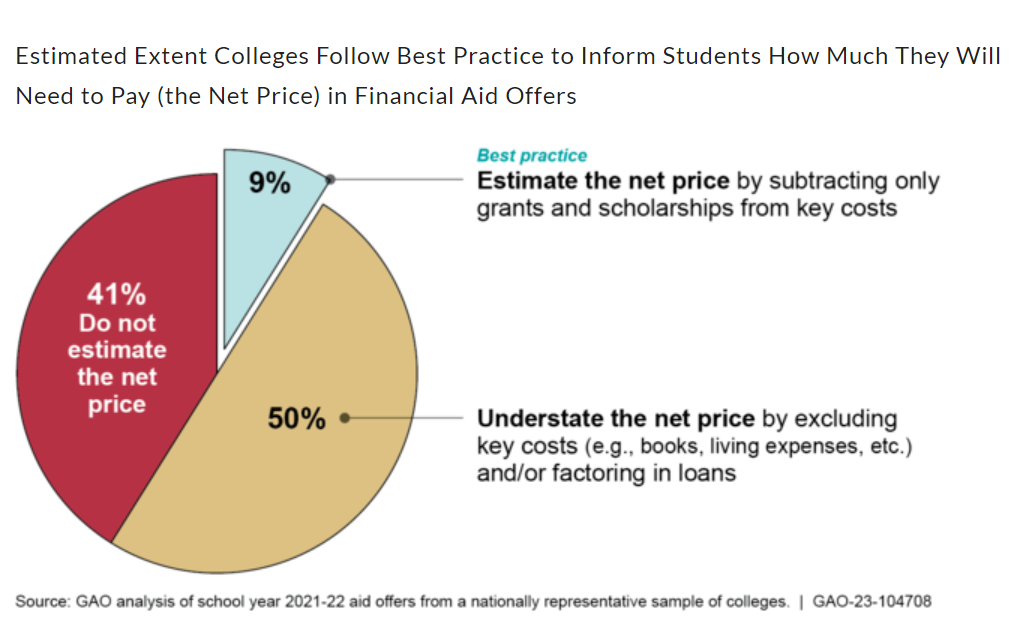Research about persuading people to pay NYC parking tickets has implications for business communicators—and raises questions of character. The study, published in American Economic Journal: Economic Policy, found that reminder letters get more people to pay fines, but this approach doesn’t work for everyone.
People who respond least to the “nudges,” including notices about greater fines, happen to be those least likely to pay in the first place. Referred to as “low-response” types, these folks need sterner warnings. As one author says, “It’s only when they get this legal-looking letter that says, ‘We are in default judgment against you; you may get towed.’” Most interesting, people in the “low-response” groups tend to be from historically “disadvantaged populations—lower income, less education, and higher proportions of Black or other racial groups.”
The authors acknowledge that their recommendations ”would not be based on individual characteristics (e.g., income, race, neighborhood) but only on past behavior–while statistically helping traditionally underserved populations to avoid penalties with a nonintrusive nudge. We further note that, in proposing this policy, we are not assuming that the low baseline response rates of the LRs are suboptimal. Rather, we are pointing out a lower-cost policy that could induce more timely payments from the LRs without imposing larger penalties on them.”
Still, this study raises questions about character, for example, compassion, integrity, and accountability. Am I the only one cringing at the term “low-response type” and use of “LRs”? Is it right to threaten one group but not another, even if it’s based on past behavior? True, people should pay fines, but we have deeper societal issues and inequities to consider. How do people in these groups view rules and law enforcement? Are people in lower-income neighborhoods or with cars in greater disrepair more likely to get tickets in the first place?
If, as the authors say, their proposed policy is helpful to avoid “imposing larger penalties,” why not simply eliminate fines that some people can’t afford to pay? Our local library has stopped charging late fees so they don’t discourage reading and cause a disparate impact. The authors do propose eliminating later, greater fines that have little impact and most affect people in historically disadvantaged populations. Theoretically, data can also be used for a sliding fee scale according to income level—or perhaps the value of one’s car.
The simpler takeaway for business communication students is the relevance of knowing your audience. As study authors say, NYC already has the data and can customize approaches. We do teach analyzing an audience and tailoring a message. But students may discuss the ethics of using data and taking different approaches in these types of situations.





















